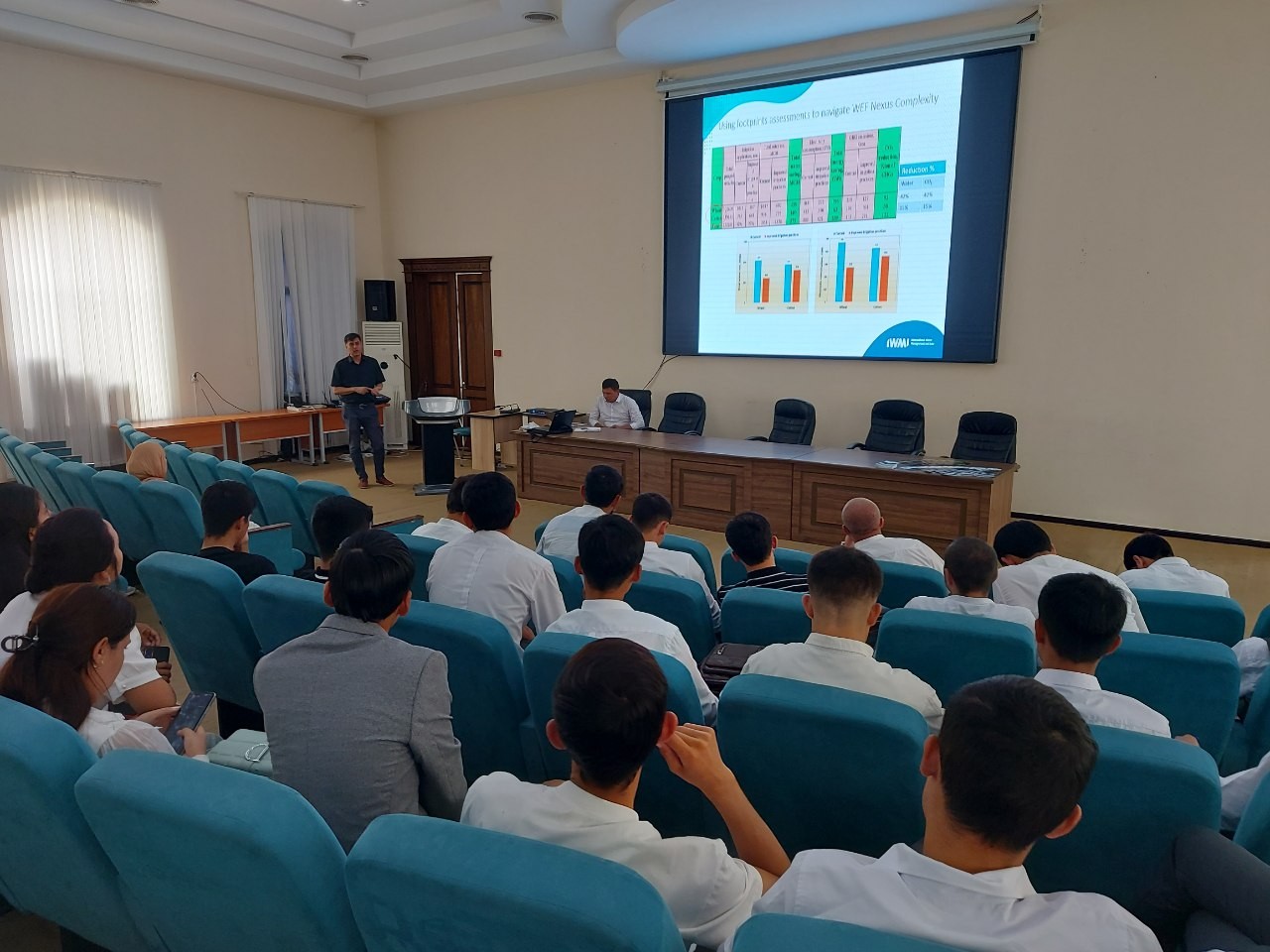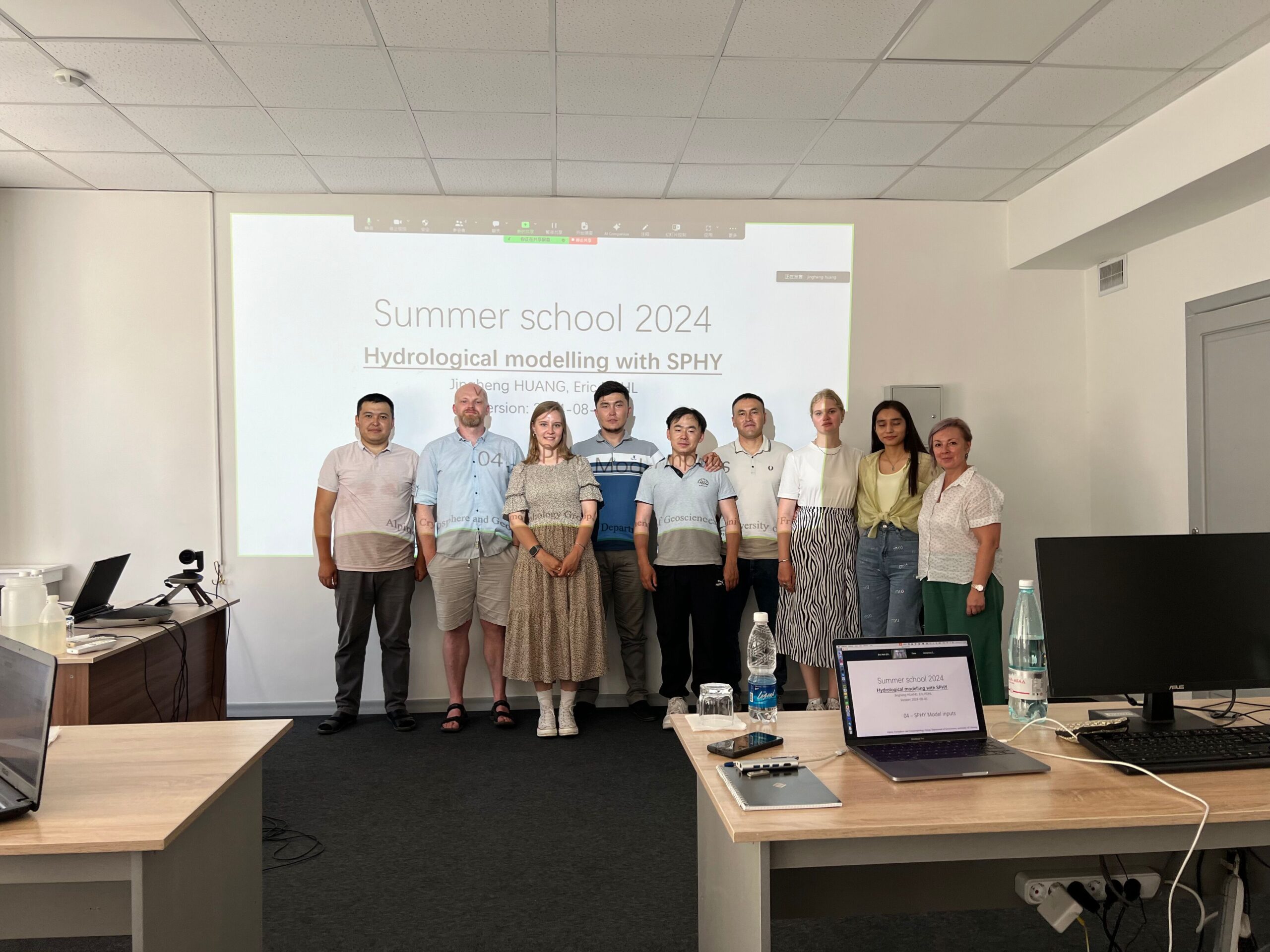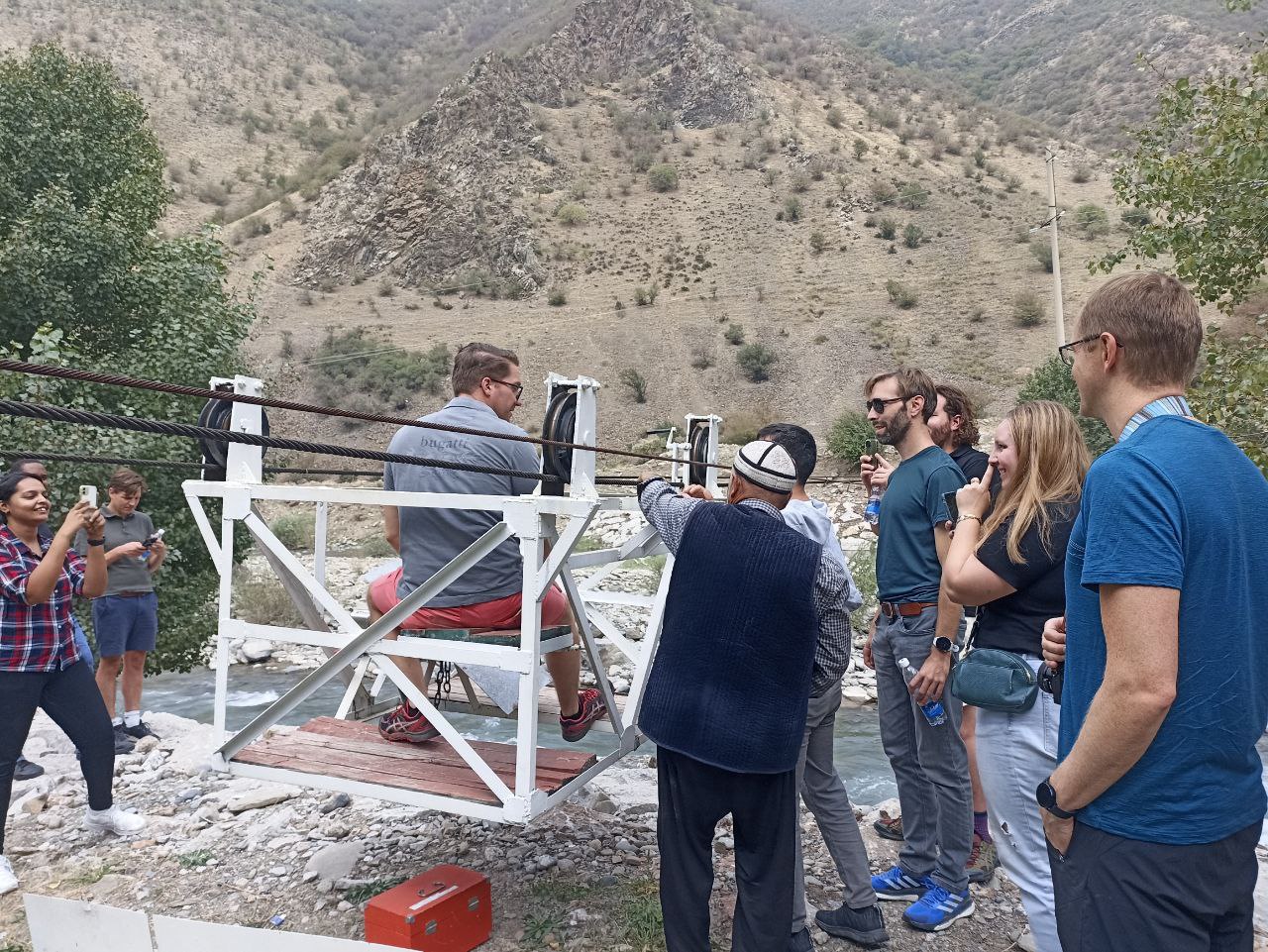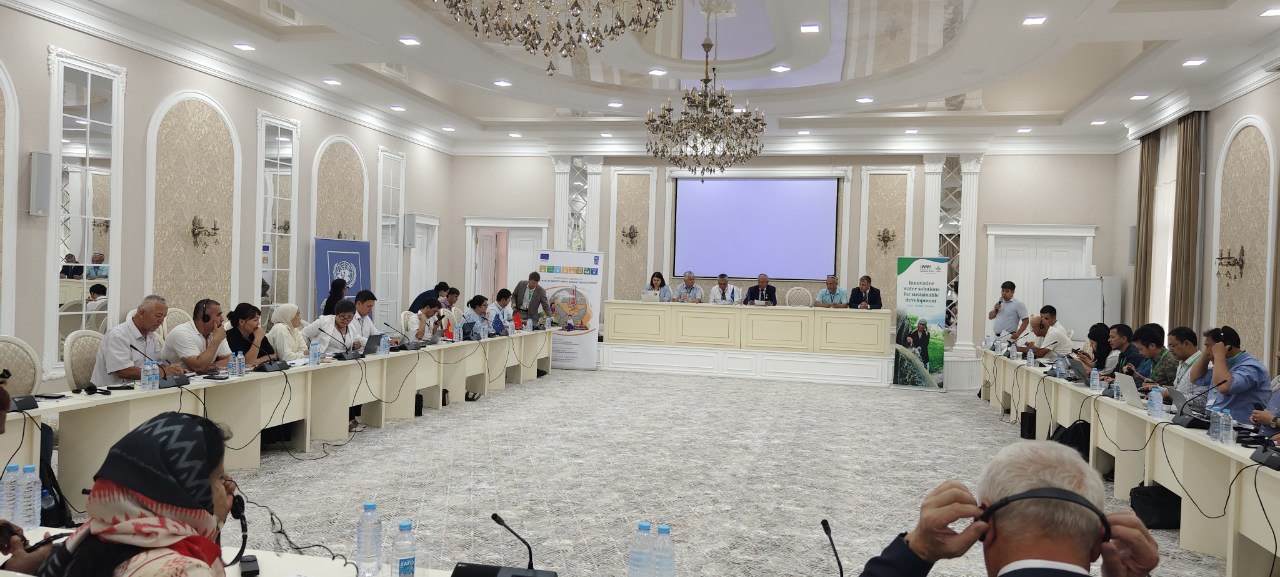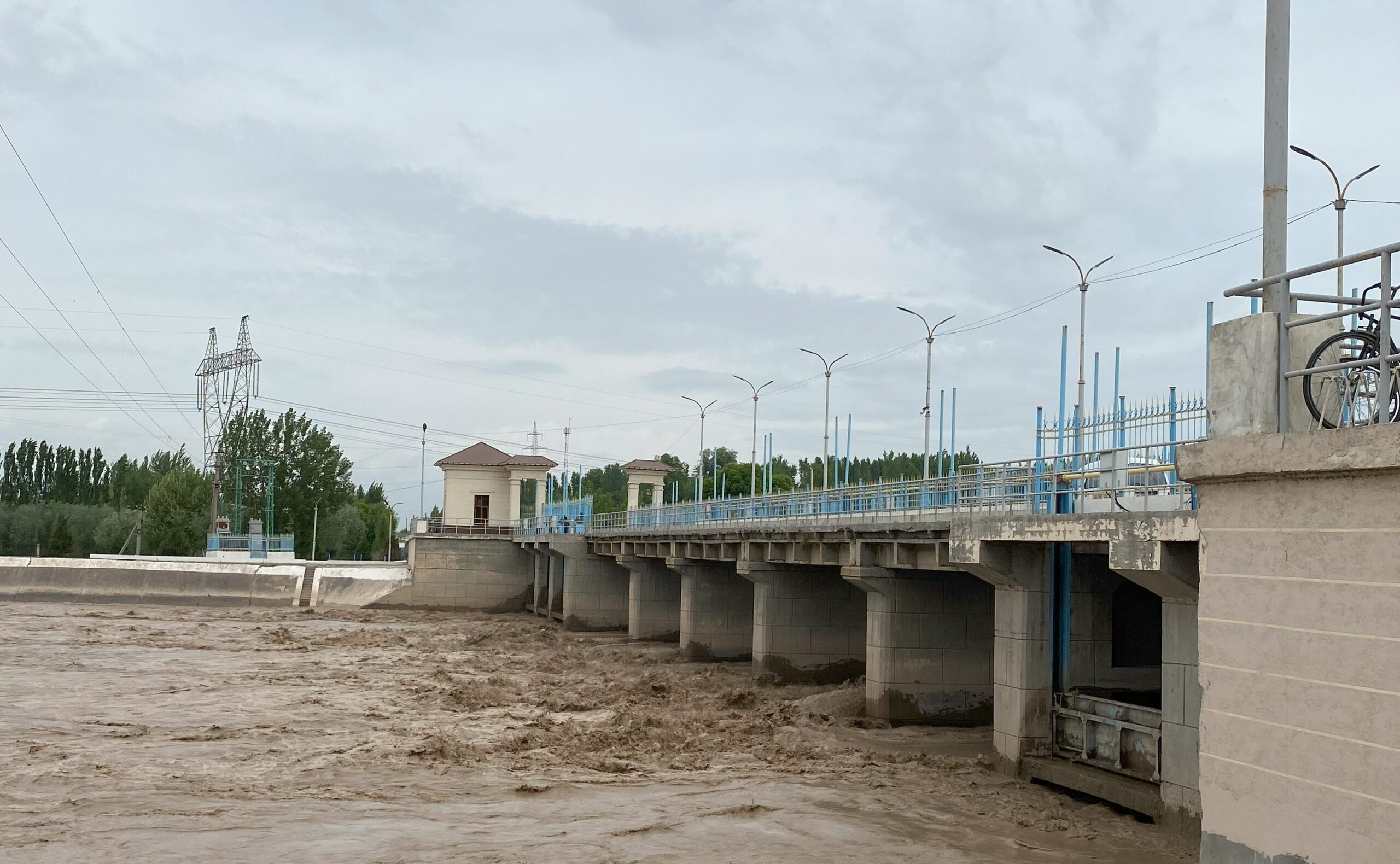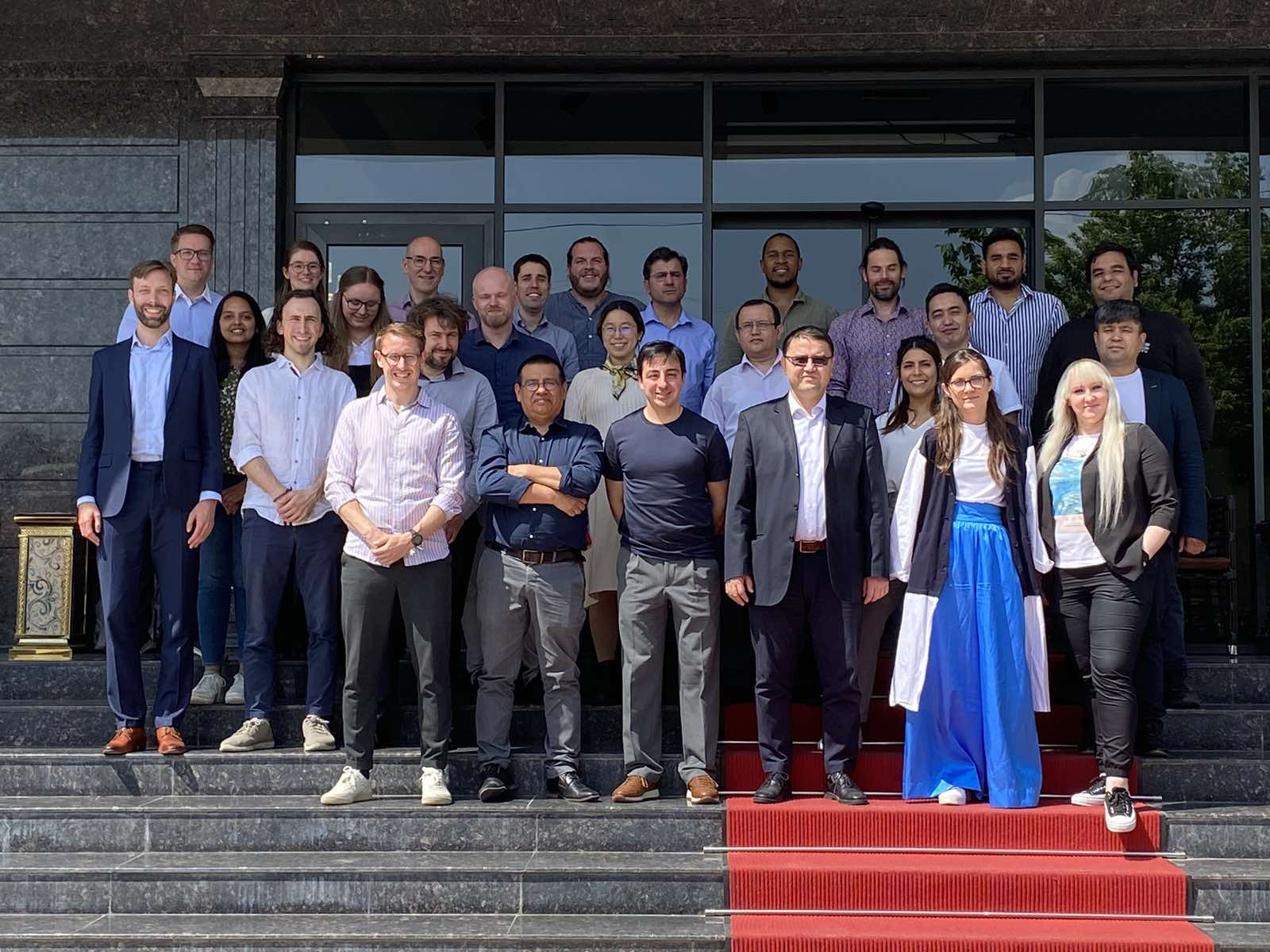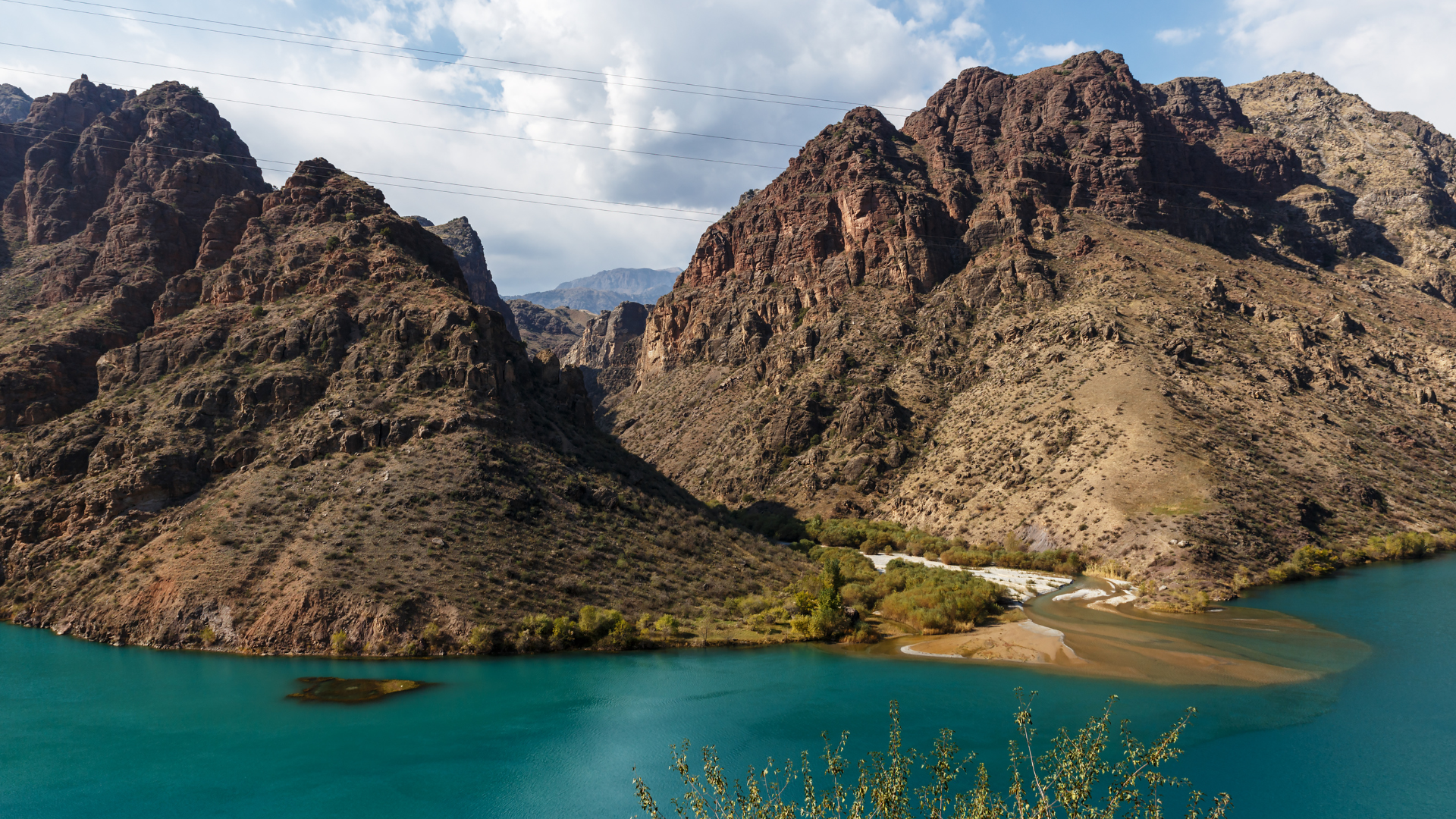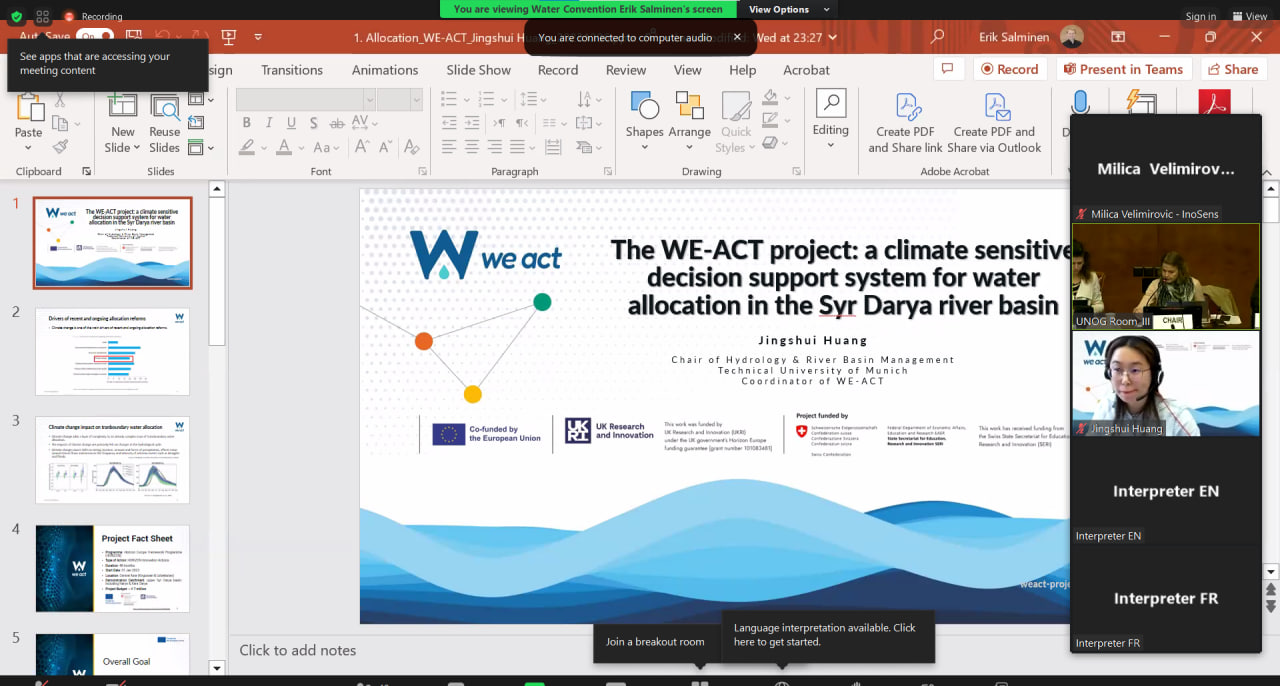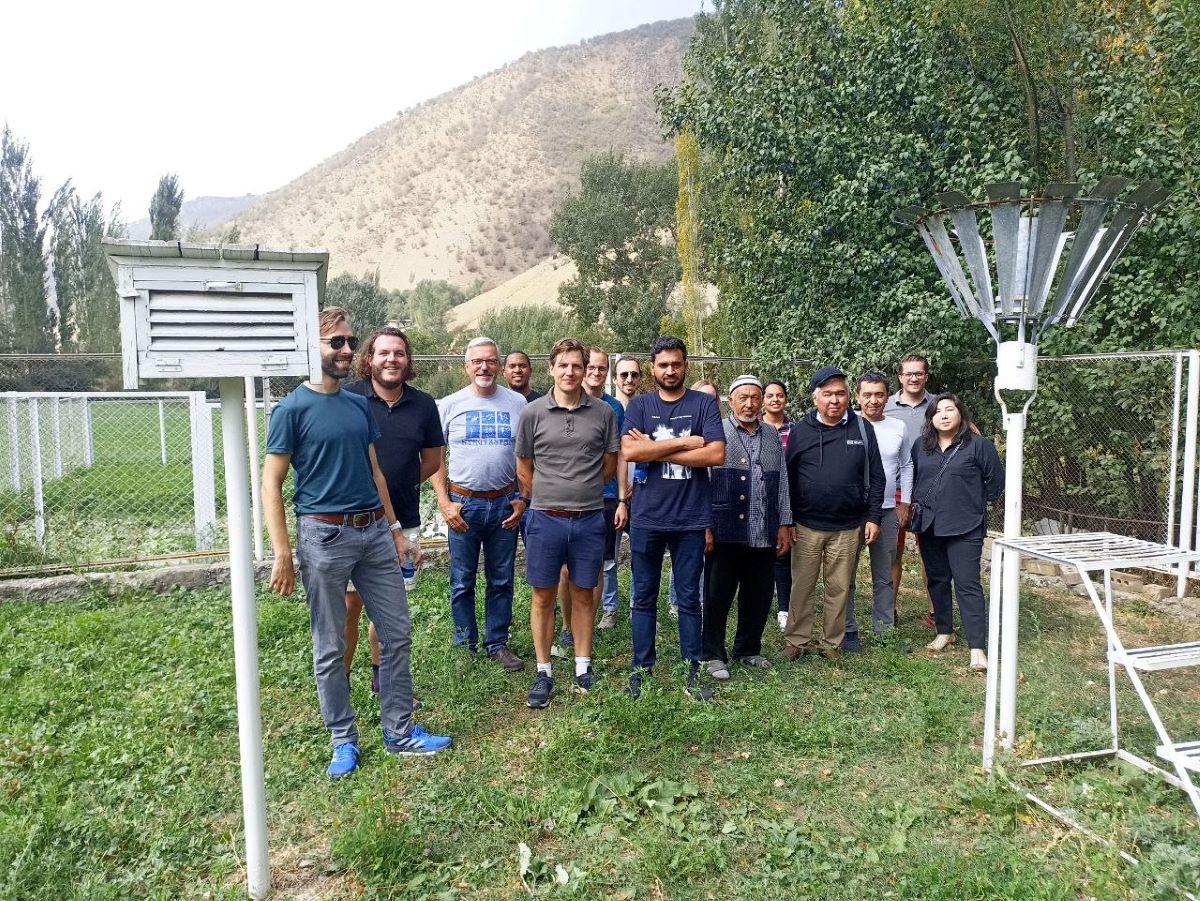A transformative journey in the core of Central Asia’s majestic landscapes, weaving cutting-edge technology, hands-on field experiences, and a collaborative spirit to empower communities and protect the region’s vital water resources from the effects of climate change.
UNIFR participated as part of Work Package 1 (WP1) – Modernization of the hydro-meteorological monitoring network for water allocation, in several field activities in the summer of 2023 in Kyrgyzstan, Central Asia. The main objectives were the installation of automated weather stations (AWS), automated hydrological discharge monitoring stations (AHS), and automated glacier ablation stakes (smart stakes) in the headwaters of the Naryn River catchment. The installation activities were paired with a summer school of the Global Environment Facility (GEF) project (“Strengthening the resilience of Central Asian countries by enabling regional cooperation to assess glacio-nival systems to develop integrated methods for sustainable development and adaptation to climate change”), organized by UNIFR.
The preparation, configuration and test assemblies of the AWS and AHS took place between the spring and summer of 2023 in Switzerland before the bulk of the material was shipped to Central Asia in late spring and early summer. Due to a tight fieldwork program of researchers of UNIFR in Kyrgyzstan and Tajikistan, the installation was foreseen to happen during the GEF summer school. This would allow participating students to get hands-on experiences with state-of-the-art instruments and learn about installation and calibration procedures. After a test assembly with technicians from UNIFR’s partner scientific institution in Bishkek from the Central Asian Institute of Applied Geosciences (CAIAG; Photos 1-3), some acute problems were encountered in the automatic satellite transmission of the AWS data. Until the last day before the start of the summer school, the uplink software was updated, aided by having multiple phone calls with the Swiss partner SensAlpin who developed the software that manages the multiple sensor input.
Researchers from UNIFR, CAIAG and Kyrgyz hydromet, as well as 20 participants of the summer school, left Bishkek on the 8 July. The first stop on the way to the glaciers in Central Tien Shan was the famous Lake Issykul where the participants learned the next day about climate change, glacier and hydrology evolution, as well as a first theoretical background on how to conduct all relevant measurements. In the next days, all scientists and summer school attendees camped at around 3000 m a.s.l. to allow for acclimatization and to have access to the actual two field sites (Suyek Glacier and Glacier #354) around 100 km south of Lake Issykul in the Central Tien Shan Mountains. Hydrological installations were made at Suyek Glacier, Glacier 354, and at Arabel River, a headwater tributary of Naryn River (Photos 4-7). The hydrological installations (automated water level gauging) require additional water discharge measurements so that the water level can be related to actual discharge. Salt dilution, fluorescent dye tracer (non-toxic despite its colour), and Acoustic Doppler Current Profiler (ADCP) measurements were conducted with the students together (Photos 8-16), while another team was installing the AWS, smart stakes, a camera, and an info panel that shall help to prevent vandalism (Fig. 3, 17-19). After the problems encountered in Bishkek about the transmission of data from the AWS via satellite, it was a big relief to see the first data coming in (Fig. 20).
Photos by UNIFR – “All Rights Reserved”

